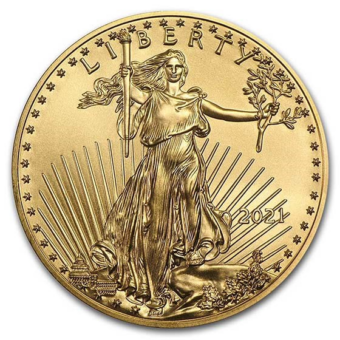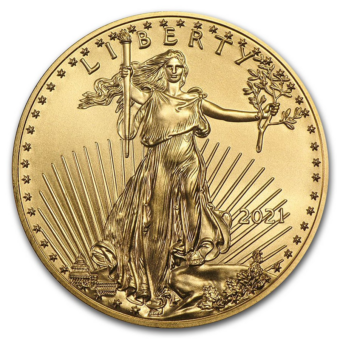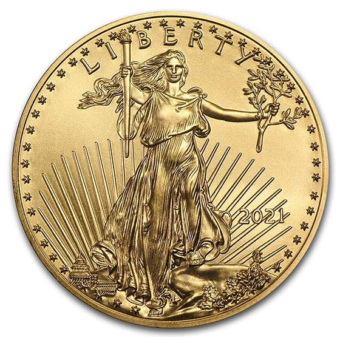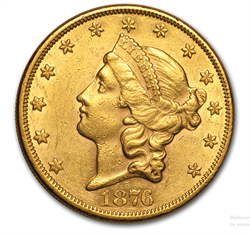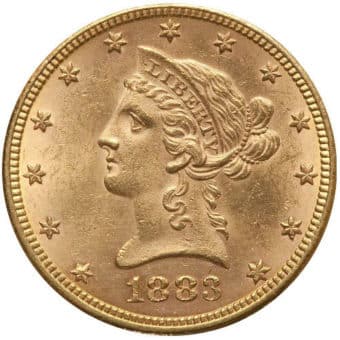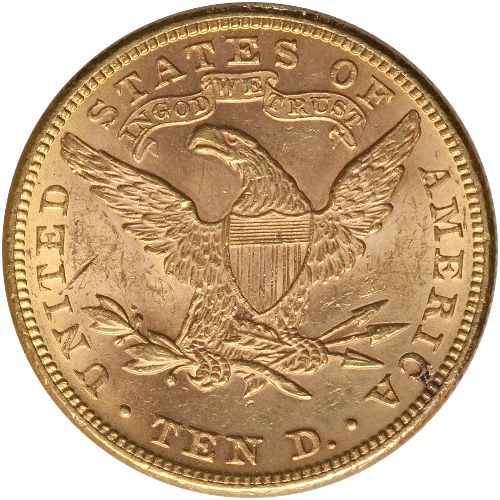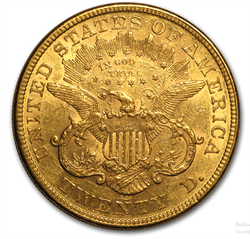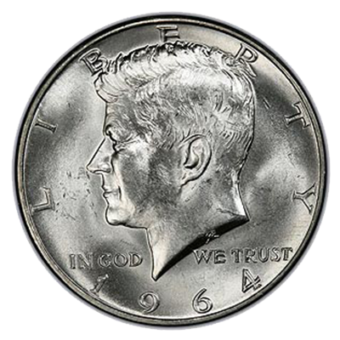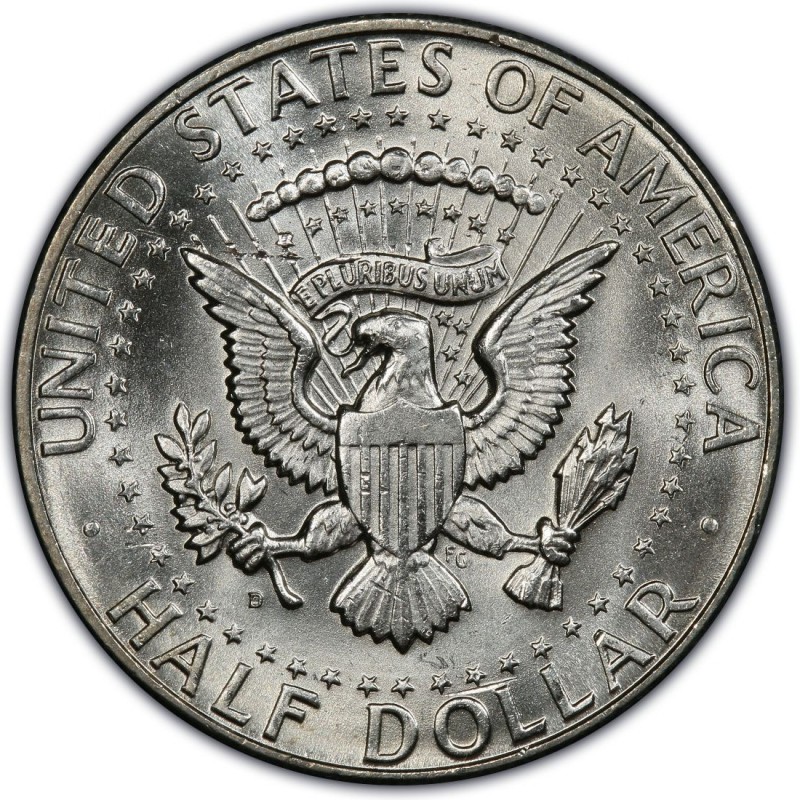A Daily Journey Through the Week's Market
Monday - 4.01.24: In early U.S. trading on Monday, gold prices surged to a record high of $2,264.20 an ounce, with silver also seeing gains, driven by a mild U.S. inflation report released last Friday. The U.S. stock markets are anticipating a higher opening, buoyed by the February U.S. PCE price index report indicating a modest increase in inflation, which supports a dovish stance towards U.S. monetary policy. Meanwhile, overnight, the U.S. dollar index saw a slight rise, while crude oil prices dipped. Key U.S. economic reports expected include the manufacturing PMI and construction spending, following positive manufacturing data from China.
Tuesday - 4.02.24: Gold and silver prices experienced gains amid mixed economic signals and cautious investor sentiment. The movements were influenced by the latest U.S. economic data and Federal Reserve policy expectations, with investors particularly attentive to officials' speeches for hints on future monetary directions. The day's economic reports offered a mixed view, impacting the appeal of gold and silver as non-yielding assets. Precious metals' performance reflected the market's navigation through ongoing economic challenges and optimism, with the Federal Reserve's stance on interest rates significantly affecting investor decisions in the safe-haven assets of gold and silver.
Wednesday - 4.03.24: Gold prices experienced a decline, closing at $2,276.20 per ounce, marking a decrease of 0.63% from the previous day. Silver also saw a downturn, ending the day at $26.42 per ounce, which represented a 1.62% fall. These movements in the precious metals markets were part of broader market trends, with both metals adjusting to shifts in economic indicators and investor sentiments
Thursday - 4.04.24: gold slightly retreated from a record high of $2,300.00 spot and $2,324.80 for June Comex futures, while silver edged higher, reaching a two-year peak at $27.455 for May Comex futures amid rising geopolitical tensions in the Middle East. This environment, alongside strong speculative interest, has maintained bullish momentum for both metals. Market dynamics were further influenced by anticipations of U.S. retaliation from Iran after an Israeli airstrike killed top Iranian military officials, highlighting the strained relations between Iran and the U.S. due to their close ties with Israel. Fed Chairman Jerome Powell's remarks hinting at potential U.S. interest rate cuts this year provided some reassurance, affecting stocks, bonds, and precious metals markets.
Friday- 4.05.24: Gold prices are facing downward pressure, dipping to around $2,300 an ounce amid strong U.S. labor market data. The latest report shows nonfarm payrolls exceeding expectations with a rise of 303,000 last month, significantly above the forecasted 212,000, while the unemployment rate fell to 3.8% against an anticipated steady rate of 3.9%. This robust employment growth led to a slight decrease in gold futures to $2,302.80 an ounce, a 0.23% drop. Despite the vigorous job market, wage growth remained as expected, with a slight revision for February's increase, suggesting potential for the Federal Reserve to lower interest rates later this year. Nonetheless, market anticipation for a June rate cut has slightly decreased.
Gold Faces Pressure Amid Surging US Job Growth
The gold market is currently experiencing downward pressure, with prices testing the $2,300 support level in response to unexpectedly strong U.S. labor market data. The U.S. economy added 303,000 jobs in March, far surpassing the anticipated 212,000, and reducing the unemployment rate to 3.8%, against expectations it would hold at 3.9%. Despite this surge in employment, gold futures dipped slightly to $2,302.80 an ounce, a decline of 0.23%. The steady wage growth, aligned with expectations, and a minor adjustment in the forecast for a June rate cut by the Fed, from 66% to 58%, reflect nuanced market reactions to robust job data and wage inflation trends. This complex economic scenario supports a cautious Federal Reserve stance on interest rate adjustments.
Central Banks Purchase 19 Tonnes of Gold - World Gold Council
In February, global central banks added 19 tonnes of gold to their reserves, marking a continuation of the trend of robust gold purchasing, albeit at a slower pace compared to January's figures, according to the World Gold Council (WGC). This decrease represents a 58% reduction in purchases month-on-month, with some central banks increasing their sales. Despite this slowdown, the demand for gold among central banks remains strong in the early part of 2024, with a total increase of 64 tonnes reported for January and February combined. This year-to-date figure is 43% lower than the same period in 2023 but represents a significant increase from 2022. The People's Bank of China (PBoC) has been a notable contributor to this trend, purchasing 12 tonnes in February alone and continuing its 16-month streak of increasing gold reserves. Other consistent buyers include the Czech National Bank and the Monetary Authority of Singapore, highlighting a broader trend of diversification away from the U.S. dollar. The sustained interest in gold by central banks supports the market and has been a key factor in the precious metal's price surge above $2,300 an ounce.
Bank of America: Gold to Hit $2,400 an Ounce This Year
Bank of America cranks up the heat with a fiery forecast, pegging gold to soar to $2,400 an ounce, making a bold bet that the precious metal's fate this year isn't hitched to the Federal Reserve's interest rate playbook. In a stunning rally, gold punches through record after record, trading at $2,315.10 an ounce, scoffing at the traditional market logic as it climbs over 15% since mid-February. This surge is not just about futures; it's fueled by a frenzy in options trading and a solid physical demand, especially from China and India, where gold glitters against the dim backdrop of local investment options. The People's Bank of China leads the central bank pack, pushing retail and institutional investors alike towards gold, while Western investors’ wait-and-see approach is expected to flip once the Fed cuts rates. Bank of America's crystal ball sees a robust global market for gold, driven by diverse demand and predicting that Western enthusiasm will reignite, potentially balancing any dip in Chinese interest as their economic outlook brightens.
Powell's Tightrope Walk: Inflation Fears vs. Rate Cut Hopes
During a keynote address at a Stanford University forum, Federal Reserve Chair Jerome Powell emphasized the necessity for more concrete evidence of declining inflation before considering a reduction in interest rates. Acknowledging the recent downtrend in inflation rates, Powell clarified that the Federal Reserve's mission to stabilize inflation at 2% is ongoing and premature rate cuts are not on the horizon. This stance comes against a backdrop of Wall Street's anxiety over potential stalling inflation progress, despite a significant drop from its peak. Powell articulated a strategy of patience, allowing economic data to guide future monetary policy decisions. With 11 rate hikes implemented in a bid to temper inflation, the rapid increase in interest rates has been unprecedented since the 1980s. The Federal Reserve is now at a crossroads, balancing the timing of rate reductions to avoid reigniting inflation or inadvertently dampening economic activity. Despite the current steady interest rates, projections from the Federal Open Market Committee suggest possible rate cuts later in the year, contingent on inflation's trajectory. This cautious approach reflects the complexities of managing inflation expectations while nurturing economic stability.
Silver's Ready to Steal the Spotlight
After years of gold dominating the precious metals market, silver appears poised for a significant rally, potentially doubling its price by the end of 2024. Analysts highlight a fourth consecutive year of global silver supply deficits and an increase in demand to near-record levels as key drivers for this potential surge. Despite gold reaching new record highs, the growing interest in silver, often referred to as "poor man's gold," is fueled by its affordability and industrial applications, particularly in renewable energy sectors like solar photovoltaics. The Silver Institute forecasts demand to rise to 1.2 billion ounces this year, against a supply growth to 1.02 billion ounces, leading to a substantial deficit. As the gold-to-silver price ratio remains high, indicating silver's undervaluation, analysts see prices hitting between $35 to $50 an ounce as a realistic outcome for the year, marking a significant shift in the precious metals market towards silver's favor.
A Call to Reinstate True Monetary Standards Amid Inflation
The push for reverting to the true gold standard is presented as both an economic imperative and a moral obligation, diverging from contemporary practices that have strayed from its foundational principles. Highlighting the era of economic prosperity and global harmony it once ushered in, the discussion underscores how departures from the gold standard have led to increased governmental and financial institutions' influence over the money supply, a move away from its valuation being tied to market dynamics and gold reserves. Addressing critiques against full reserve banking and the sustainability of a gold-backed currency, the argument champions the stability and equity such a system promises, debunking myths about the viability of banks and the necessity of money supply expansion for economic growth. Concluding with a rally for persistent advocacy and enlightenment on the gold standard's virtues, the piece positions it as crucial for reinstating economic stability and autonomy, advocating for efforts towards its reinstatement.
The US Economy Will Soon Be Bleeding $1 Trillion a Year in Interest Payments
The U.S. economy is facing a critical challenge, with projections showing the debt-to-GDP ratio escalating to an alarming 130% by 2033, according to the Congressional Budget Office (CBO). This surge in debt, significantly above the World Bank's recommended 77% threshold for economic stability, signals a deepening financial crisis ahead. The rapid increase in borrowing, juxtaposed with modest GDP growth, puts the nation on a precarious path. The debt levels, now higher than those seen during World War II, combined with looming interest rate hikes, raise the specter of a bond market collapse. By 2026, the U.S. could be bleeding a trillion dollars a year just to keep its debt monster fed, dragging the economy into the red zone and putting its financial backbone to the ultimate test.
The Alarming Pace of America's Fiscal Deterioration
The United States is witnessing an unprecedented acceleration in its fiscal decline, with the Department of Treasury issuing debt at levels unseen since the pandemic—a time when the record debt issuance already doubled that of any previous period in over two centuries. In the last quarter of 2023 alone, $7 trillion in new debt was issued, culminating in a staggering annual total of $23 trillion. This surge has expanded the Treasury market to $27 trillion, a 60% increase since the pandemic began, indicating that a significant portion of current Treasuries are newly minted. The rapid growth in federal debt, now increasing by $1 trillion every quarter, alongside government spending reaching proportions comparable to wartime levels, signals an economic structure heavily reliant on borrowing. This strategy aims to sustain growth but is fundamentally flawed, as echoed by critics who argue that the economy is artificially propped up by debt, warning of severe consequences. The widespread perception of US Treasuries as virtually equivalent to cash—by institutions ranging from banks to pension funds—belies the reality that these are merely promises of future repayment, making the financial system vulnerable to any loss of confidence in the government's fiscal solvency. With every sector from banking to pensions deeply intertwined with the belief in the government's creditworthiness, the potential for a systemic collapse is real, driven by the unsustainable illusion that the burgeoning federal debt will be honored in full. As fiscal policies continue to push the deficit higher, with no signs of abatement in spending on various fronts, the trajectory towards fiscal collapse appears inevitable, leaving only the timing of such an event as the remaining uncertainty.
Next Week’s Key Events
Monday, April 8
● No reports scheduled.
Tuesday, April 9
● No reports scheduled.
Wednesday, April 10
● 8:30 am: Consumer Price Index (CPI) for March
● 8:45 am: Fed Governor Michelle Bowman speaks
● 2:00 pm: Minutes of the Federal Reserve's (Fed) March Federal Open Market Committee (FOMC) meeting
Thursday, April 11
● 8:30 am: Initial Jobless Claims for the week ending April 5
● 8:30 am: Producer Price Index (PPI) for March
● 8:45 am: Fed Governor Michelle Bowman speaks
● 12:45 pm: Chicago Fed President Austan Goolsbee speaks
● 1:30 pm: Atlanta Fed President Raphael Bostic speaks
Friday, April 12
● 10:00 am: Consumer Sentiment (preliminary) for April
● 2:30 pm: Atlanta Fed President Raphael Bostic speaks
● 3:30 pm: San Francisco Fed President Mary Daly speaks
IMPACT ON PRECIOUS METALS MARKETS
Consumer Price Index (CPI): The CPI is a measure of inflation, tracking the change in prices for a basket of goods and services. Rising inflation often leads to higher gold and silver prices as investors seek these assets as a hedge against inflation. If the CPI indicates higher inflation, it could boost the demand for gold and silver, increasing their prices.
Fed Talks and FOMC Meeting Minutes: Comments from Fed officials, particularly about future monetary policy directions, interest rates, and economic outlook, can significantly sway the gold and silver markets. Gold and silver are sensitive to changes in U.S. interest rates. If the Fed indicates a dovish stance (favoring lower interest rates), it could decrease the opportunity cost of holding non-yielding assets like gold and silver, thus boosting their demand and prices. Conversely, a hawkish tone (favoring higher interest rates) could pressure gold and silver prices lower.
Initial Jobless Claims: This report provides insights into the health of the labor market. A higher number of claims could indicate economic weakness, potentially leading to safe-haven buying of gold and silver. Conversely, lower jobless claims, suggesting a strong labor market, might strengthen the dollar and put pressure on gold and silver prices as a stronger dollar makes these metals more expensive for holders of other currencies.
Producer Price Index (PPI): The PPI measures the average change over time in the selling prices received by domestic producers for their output. Like the CPI, a higher PPI can signal rising inflation, which might increase the appeal of gold and silver as inflation hedges. An unexpected rise in the PPI could, therefore, support higher prices for these metals.
Consumer Sentiment: This measure of consumer confidence can influence gold and silver markets through its implications for spending and economic growth. Lower consumer sentiment might lead to higher demand for these metals as protective investments against economic uncertainty.







